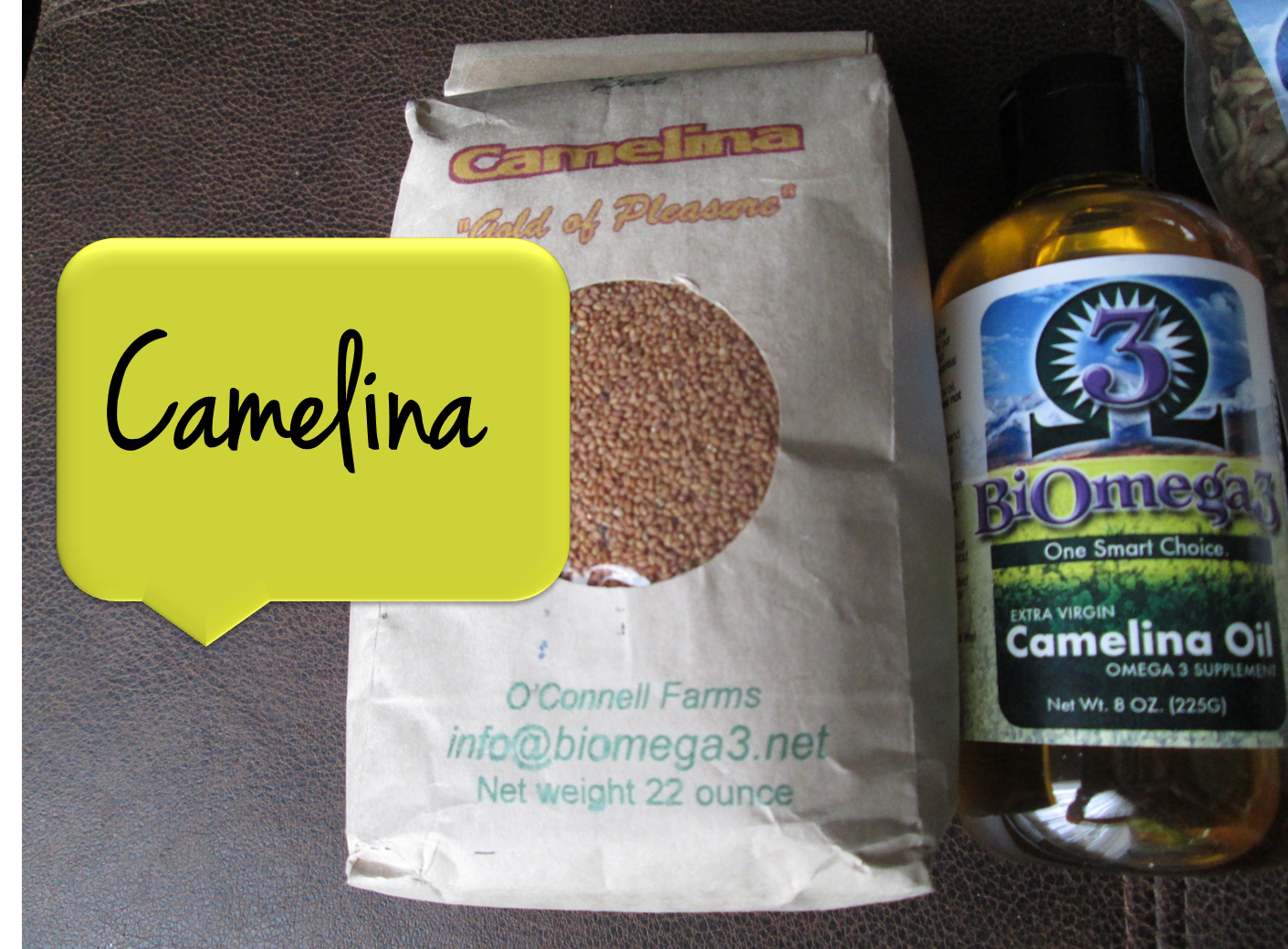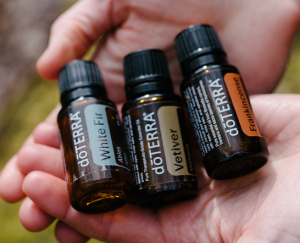
Camelina Oil and Seeds for Omega-3 Fatty Acids
I love Farmer’s Markets. Local businesses. Unique. Home-grown. Handmade. Organic. I’ve never been to one I didn’t like.
The best part? They’re all different – aisles full of surprises (and samples)!
I just spent some time in Bozeman, Montana – an eclectic town where rural country agriculture meets modern granola hippie. Driving through town one day, I counted 40 Subarus in one mile. Enough said.
One Saturday morning I went to the Gallatin County Fairgrounds for the Farmer’s Market. Bustling with tables outdoors and indoors, I spent a couple hours puroozing, gathering creative ideas for crafty projects, and chatting with some of the vendors.
I met a woman who had bags and clothing handmade by women in Ghana, Africa. She brings what they make back to the U.S. and sends them the profits for their work. What a gem.
I filled my backpack up with fruit, vegetables, and grass-fed beef from a local farmer.
I was heading for Montana cherries when I saw golden yellow out of the corner of my eye. As I passed the table, I noticed tiny yellow seeds that resembled chia seeds.
Tasting a pinch, I got into a conversation with Kim and Bill O’Connell – local, organic farmers and a wealth of information about camelina.
Dying to know what CAMELINA is?!
Watch my 3:24 information-packed interview with the growers themselves!
In this video:
- Learn about the health benefits of camelina and why it has an advantage over flax.
- How to use it for weed control and fertilizer, including pictures and real data from a spinach and lettuce crop.
- Why these Montana farmers switched to organic after 18 years of conventional farming.
What is Camelina?
Camelina is an ancient seed, rich with omega-3 essential fatty acids, and an optimal blend of omega 3, 6, and 9’s. It is a member of the mustard family, and originated in Northern Europe. It is also known as false flax or wild flax.
The Big Advantage of Camelina
Sources of omega-3 fatty acids are lacking in the standard American diet (SAD), but even if you’re fueling a finely tuned machine with a nature fed diet full of essential fatty acids, camelina may be a new oil for you to try.
- Camelina oil leads flax oil in its chemical stability. Flax is typically unstable once it’s ground or pressed (it must be refrigerated and stored in dark bottles to retain benefits).
- Vitamin E in camelina adds to its stability, so no refrigeration needed!
- Add camelina seeds and oil to your food for cardiovascular health, to reduce inflammation, for pain-relief, and for healthy skin.
- Besides their delicious nutty flavor and health benefits, camelina is used for skin care, fertilizer, crop control, and even in biodiesel. Camelina meal (left after cold pressing the oil) is extremely effective as fertilizer and weed control. See ya Round-Up!
If you want camelina products shipped to you, from my Montana friends, Bill and Kim – you can visit them here.
 Previous Post
Previous Post Next Post
Next Post


